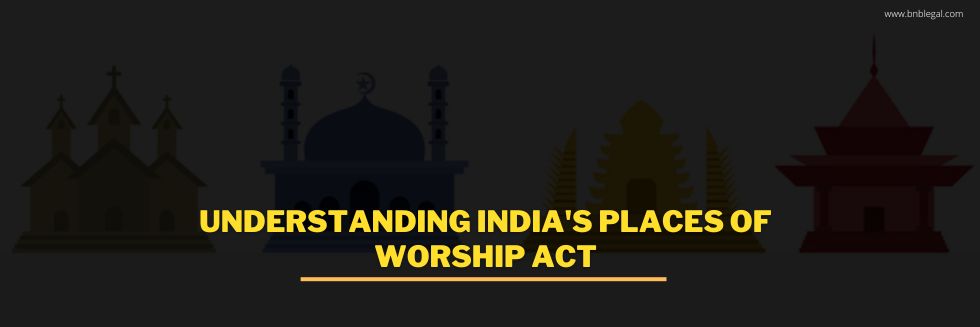In the realm of geopolitics, few conflicts rival the enduring complexity and gravity of the Israel-Palestine dispute. Spanning generations without resolution, this conflict remains a focal point of contention fueled by historical grievances, territorial disputes and competing national aspirations.
In this thorough analysis, we delve into the intricate layers of the Israel-Palestine conflict examining its historical progression, central issues, the dynamics of involved parties, barriers to peace and potential avenues for progress.
INTRODUCTION:
The Israel-Palestine conflict is a complex and long-standing geopolitical challenge driven by historical grievances, territorial disputes and conflicting national aspirations. It originated from the clash in the late 19th century between Zionist aspirations for a Jewish homeland and Palestinian Arab resistance to external colonization. Since then, it has evolved into a multifaceted struggle spanning generations.
The establishment of Israel in 1948 accompanied by the displacement of Palestinians laid the foundation for ongoing strife marked by subsequent conflicts and unresolved grievances. This analysis delves into the intricate layers of the Israel-Palestine conflict examining its historical progression, central issues, stakeholder dynamics, barriers to peace and potential pathways for resolution.
HISTORICAL PROGRESSION:
The origins of the Israel-Palestine conflict can be traced back to the late 19th and early 20th centuries marked by the collision between Zionist ambitions for a Jewish homeland and Palestinian Arab opposition to external colonization. The influx of Jewish immigrants to Palestine, the era of British Mandate and the aftermath of World War II laid the groundwork for the establishment of the State of Israel in 1948.
However, this essential moment was tainted by the displacement of hundreds of thousands of Palestinians setting the stage for an ongoing refugee crisis. Subsequent conflicts and diplomatic endeavors have reshaped the landscape of the conflict leaving behind a legacy of bitterness and unresolved grievances.
KEY ISSUES:
At the core of the Israel-Palestine conflict lies a complex web of interconnected issues including territorial disputes, refugee rights, security considerations and aspirations for national sovereignty. Territorial disagreements revolve around competing claims to land particularly in East Jerusalem, the West Bank and the Gaza Strip where the expansion of Israeli settlements persists despite international opposition.
The plight of Palestinian refugees stemming from the 1948 Arab-Israeli War and subsequent conflicts serves as a poignant reminder of the human toll of the conflict fueling demands for recognition, restitution and the right of return. Ensuring the security and well-being of both Israeli and Palestinian populations amidst ongoing violence and military occupations poses a significant challenge demanding innovative approaches and genuine commitment to dialogue.
DYNAMICS OF INVOLVED PARTIES:
The Israel-Palestine conflict encompasses a diverse array of stakeholders each with distinct interests, historical narratives and political goals. The primary actors, Israelis and Palestinians, hold divergent visions for the future of the region reflecting contrasting national aspirations and security concerns. Regional powers such as neighbouring Arab states like Egypt, Jordan and Saudi Arabia exert influence through diplomatic, military and economic means shaping the dynamics of the conflict and broader regional geopolitics.
Meanwhile, the international community including entities like the United States, the European Union and the United Nations plays a crucial role in peace efforts by providing diplomatic mediation and humanitarian assistance while advocating for adherence to international law and human rights principles.
BARRIERS TO PEACE:
Efforts to resolve the Israel-Palestine conflict face significant hurdles ranging from entrenched political deadlock to ideological extremism and socio-economic disparities. Political stagnation fueled by mistrust and polarization hampers progress toward a negotiated settlement perpetuating cycles of violence and retaliation.
The expansion of Israeli settlements in occupied territories undermines the viability of a two-state solution escalating tensions and diminishing prospects for compromise. Extremist ideologies propagated by fringe elements on both sides incite hatred and violence undermining dialogue and reconciliation efforts.
POTENTIAL PATHS FORWARD:
Despite the formidable challenges, viable pathways toward resolving the Israel-Palestine conflict exist offering prospects for a future of peace and coexistence. A negotiated settlement grounded in international law and mutual recognition of rights provides a practical framework for addressing core issues and bridging the gap between Israelis and Palestinians.
The two-state solution based on pre-1967 borders and shared sovereignty in Jerusalem remains the most widely endorsed approach for resolving territorial disputes and achieving Palestinian statehood. Grassroots initiatives and interpersonal interactions complement top-down peace endeavors fostering trust and cooperation at the grassroots level and laying the groundwork for sustained peace-building and reconciliation.
CONCLUSION:
In conclusion, the Israel-Palestine conflict poses a significant challenge that necessitates a comprehensive and inclusive approach to resolution. By unravelling the complexities of historical grievances, understanding stakeholder dynamics, confronting barriers to peace and exploring alternative paths forward, we can strive towards a future characterized by peace, security and dignity for all inhabitants of the region.
Only through sustained dialogue, mutual respect and unwavering commitment to justice and human rights can pave the way for a brighter and more hopeful future for generations to come.
_________________________________________________________________________________________________________
This article was written and submitted by Sanskar during his course of internship at B&B Associates LLP. Sanskar is a 5th year BB.A.LL.B student at Geeta Institute of Law.







